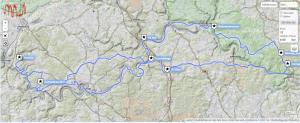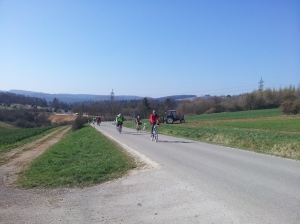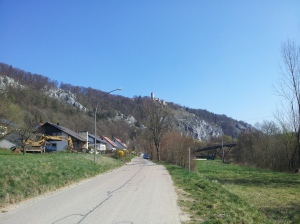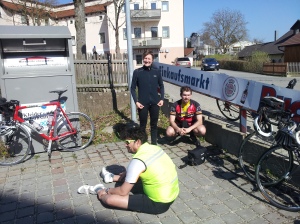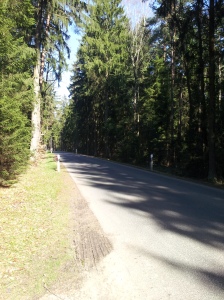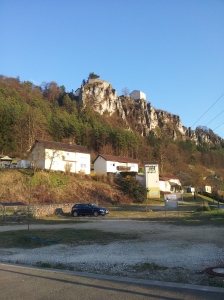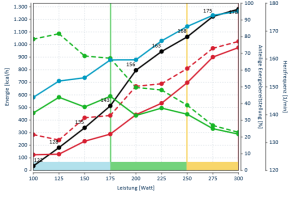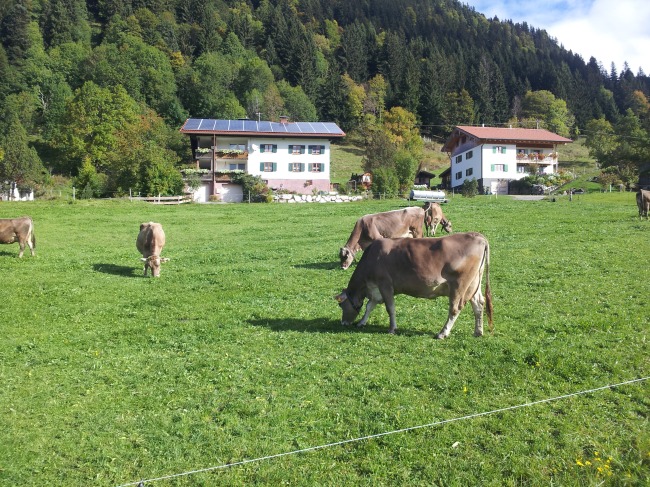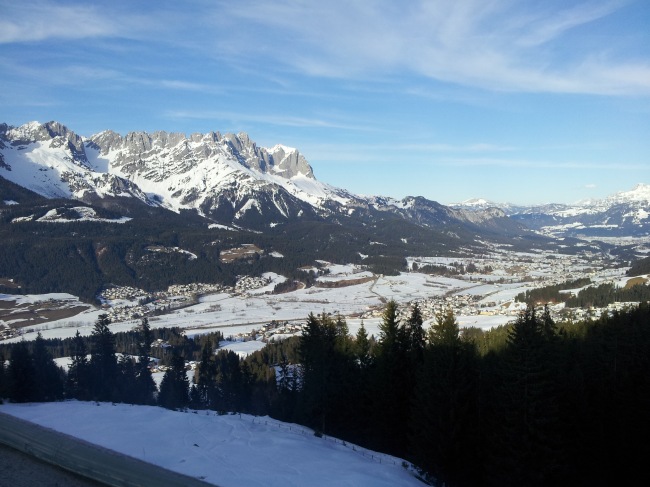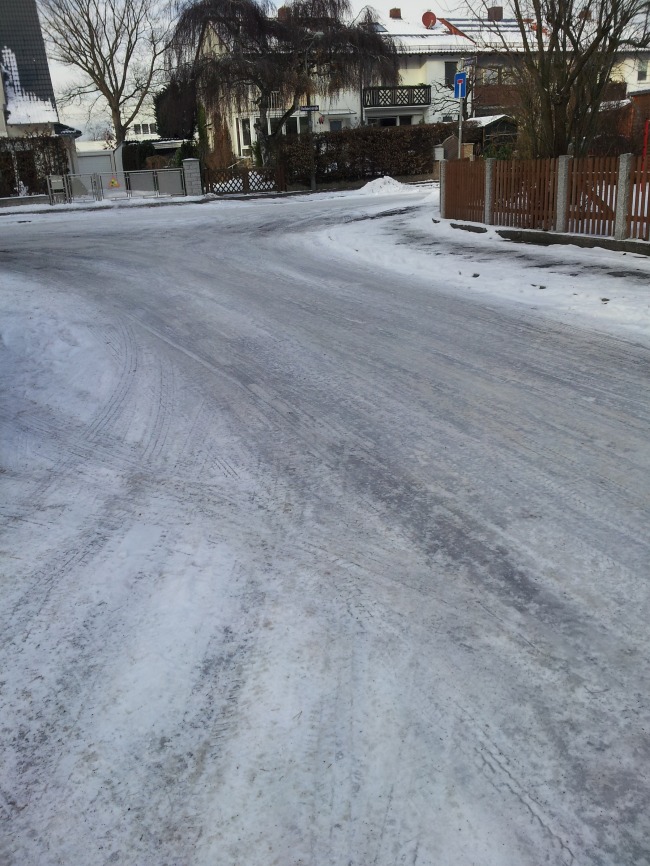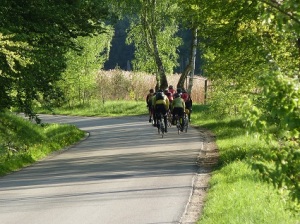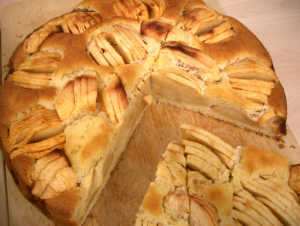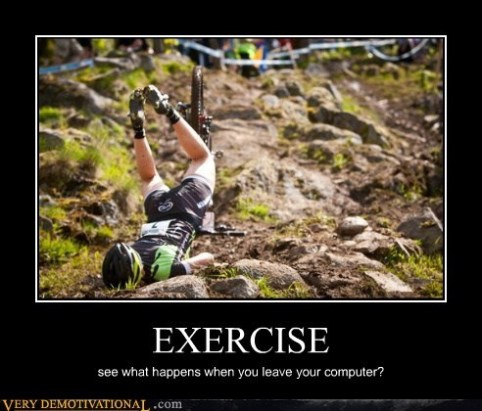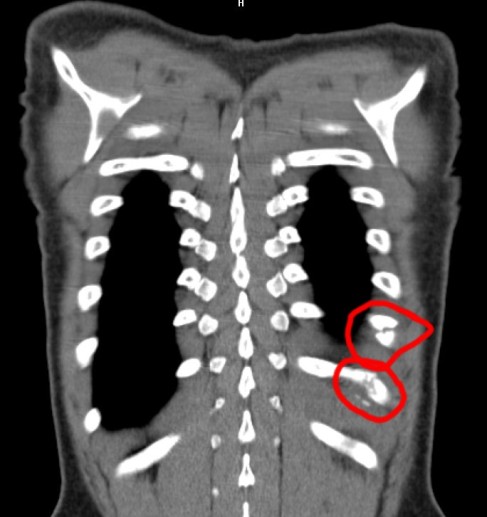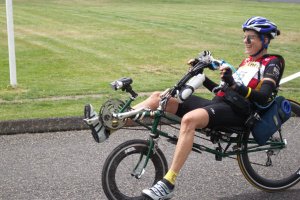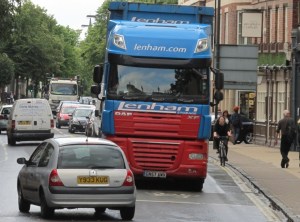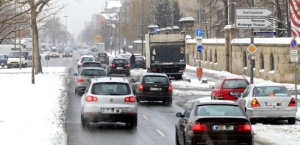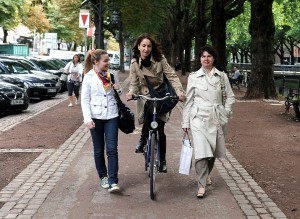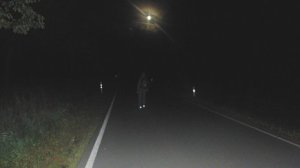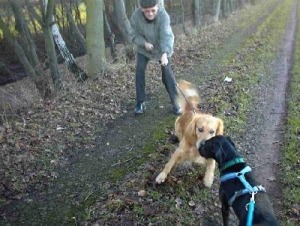I’ve got a story to share, that has technically nothing to do with biking – and let’s be honest, the connection to diabetes is flimsy as well. However, that never stopped me before…
In the beginning…
One bright and cheerful Wednesday afternoon it so happened, that the whole family stood inside the supermarket, admiring the racks and racks of fabulous and sparkely produce (and stuff). And the hero of this story said to his wife “Oh look – cold wax leg strips are on offer!”. And the (fabulous) wife of the hero said “You are mad as a mad hatter! That hurts more than childbirth. No one can survive the pain. And besides: It says on the packaging “Not suitable for diabetics!””.
Fuzzy mental image intermezzo…
Within the enormously fantastic brain of the hero, the following thought-bubble appeared: “Huh?!”
How come? Is the pain enough to raise blood glucose levels? Is my body hair used for storing precious hormones? Did an intern copy the wrong packaging?
Back to the trusted supermarket …
Huzzah! I always wanted to try that. A smooth, tasty, precious cyclists leg. How bad can it be? I know pain! I’ve tried a lamb vindaloo. I broke my ribs. I cut my nose while licking an envelope.
Obviously, I the hero grabbed a pack and dropped them (carefully) into the trolley. 22 strips and 4 moist towelettes perfect finish wipes!
Homewards!
In the depths of the heroes front room …
In the dark (it was hot outside), with mood-lighting on, a scantily clad hero reclines on the leather settee. In front of the hero: a glass table. Wife and child appear nearby (and look exceedingly decorative).
The wife says: “I can’t watch this” and disappeares upstairs. Filthy traitor!
The child says: “I’m going to play Kirby on the Wii and turns around”. Ignoring the hero. Filthy traitor!
Right. Back to work!
Act 1: Reading the instruction manual. A transparent little thing. Stick on, rip off. So far, so good.
Act 2: First setback: The “ready-to-use wax strips” (henceforth in quotation marks, because that’s no wax) are stuck together in twos.
Two inherent problems:
1) How to get them apart? Ha easy. Instructions included. Rub back and forth between hands until welts form (on hands or “wax strips”), then peel
2) Where to put the second strip? After all the rubbing, electrostatic change means it sticks to everything. For instance a glass table.
Sticky intermezzo
Did you know, that the glue (“wax”) used in “ready-to-use wax strips” does not come off marble with common household cleaners? It does come off glass. With a fingernail and baby oil most off the rest can be scraped off marble. Only smallish residue remains. Which turns black from dust almost instantly. Hope it dries up before someone notices…
Back to work!
Enough dawdling. Stick the first strip onto the shin. Rip off. Done.
Yes, this is mildly unpleasant. But the intense pain my wife spoke about? Nonexistent. Pfft. This is harmless.
The strip looks a bit strange now. Hairy. But the lowest part of the shin is now smooth. Nice! Can these strips be reused? No seriously.. looking at those measly 22 strips and the size of my legs, those won’t be enough. Too much surface area.
Frugal choice
The strip will have to be reused. Straight above the position of the first rip. Now looks twice as hairy, still removes everything, though. Excellent. Note the dollar signs for all the savings. Let’s continue. Next to the shin (shin hairless, obviously, by now). It’s starting to get a bit more unpleasant. And the strip is beginning to look like a kiwi fruit. Not green, obviously. Away with it!
We’ve got plenty of those!
Problem zones
This isn’t too bad… however. At the back of the calves? I can’t reach that! Especially not with an electrostatically charged strip. A little bit of contortionist practise is called for. Which is exciting, as one wrong move would mean a strip attached to the settee. And I must not do that. Safety first! Work slooooowly.
Rip slooooowly is a bad idea, by the way. That hurts a lot more and some hair stays behind. Looks funny, but not attractive. A little bit like the evil clown in “IT”.
Troubles of the packaging size
By the way: Obviously 22 strips are not enough for even one leg. On my size, obviously. One of those anorexic teenage girls in size 0 might make it work. Even with repeated use (the kiwi fruit model) a hairy fringe remains on the thigh. Like an inverted tonsure, I suppose. Bugger.
Call forth the “perfect finish wipes”. It’s baby oil. Smells like baby oil. Behaves like baby oil. Scrub the smooth areas (yes, several. Not all of them connected) of the leg. Wash. Put on trousers and return to the supermarket.
Side note:
If you were to forget something at this stage, and some “wax” were to remain on the backside of the thigh, the subsequent removal of the jeans will save one strip. Excellent! Disadvantage? Hair in da pants.
The end is near! (seriously!)
Anyway. Three packs were needed. And yes, the softer parts are quite unpleasantly painful (on top of the knees and the back sides of the thighs). However, all in all, more of a “big mess” than “incredible pain of doom!!!twelve!!11”. In the future, however, I shall aim to perform this operation in the bathroom. In the nude. In which case the glass table in the front room should be safe.
Although – in the nude might open up another problem area entirely. Mensfolk need to make sure none of those strips electrostatically cling to dangely bits. Those parts I’d not attempt to clean with common household cleaners, thats for sure..

